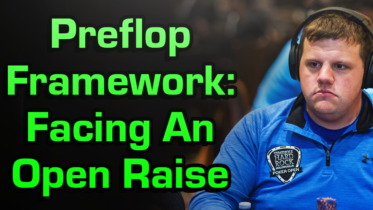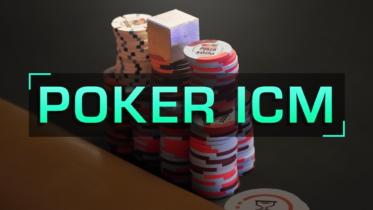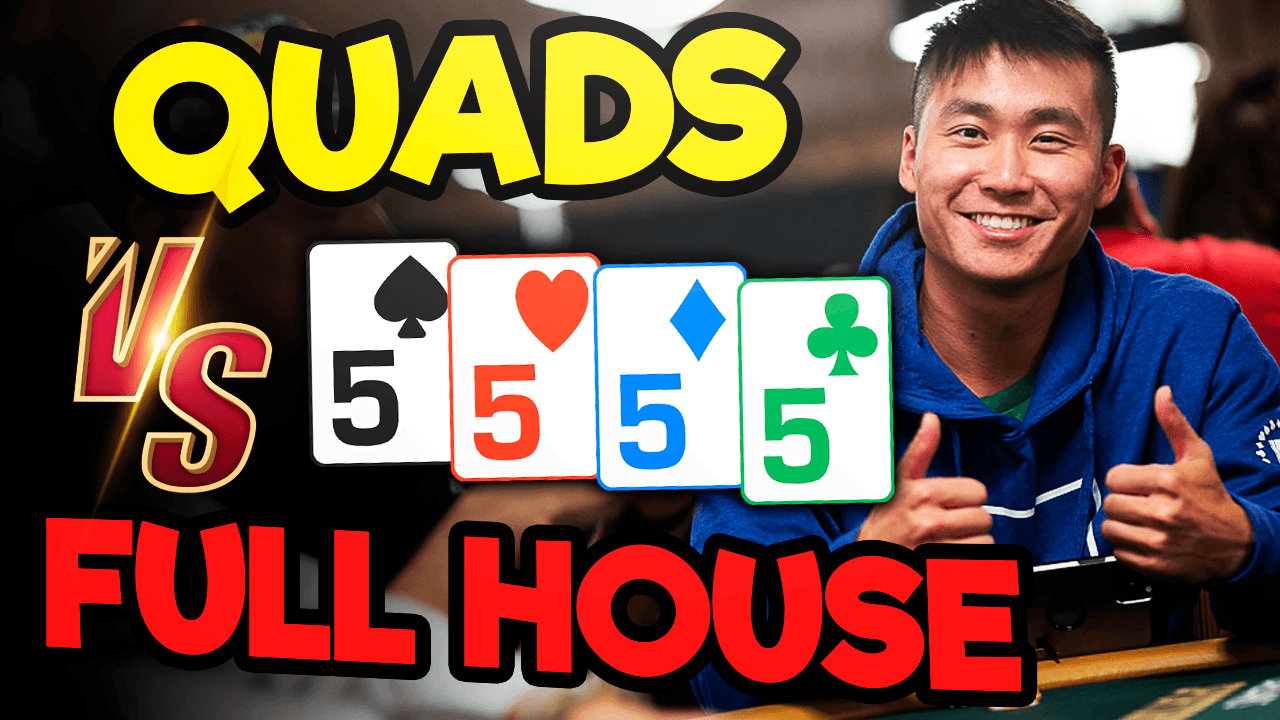Today I will be starting a series of articles developing frameworks for making good decisions at the poker table, aimed at helping you develop your decision-making process. Think of these frameworks as a checklist of things you should be considering when making a decision. Once ingrained into your game, this should help prevent impulse plays that your will regret. This also is a look into all the factors I am considering when making a poker decision. Today we will be looking at preflop decisions when facing an open raise from an opponent. The outcomes are to either fold, call or 3-bet the opponent.
Question 1: Is my hand ever a play here?
What I may be thinking at the table:
- This is clearly not playable and I need to fold (7-2 offsuit, 9-3 offsuit etc.).
- Possibly – I have 10-9 suited in MP facing an UTG open. This is a close spot.
- Yes – I have K-Q suited on the button versus the CO. This is a no brainer VPIP (voluntarily put $ in the pot). Now I need to decide whether to 3-bet or call.
If unsure if the answer is yes or no, look at these factors:
- Stack depths – How deep am I, does my hand have a preference being shallow stacked or deep stacked? For example, K-J offsuit prefers to have shallow stacks while A-2 suited prefers to have deep stacks.
- Who is the villain? – What percentage of hands should he be opening from his position? Is this player likely opening too tight or loose? If he is too tight, fold. If he is too loose, I probably can play this hand.
- Who is left to act? – How likely are we to be squeezed by a remaining player? Are players more likely to just call or are there aggressive squeezers? If squeezers, I should fold close hands. If not, I can probably call.
- What would I do with one worse pip or better pip? – In the above example we had 10-9 suited facing an UTG open. What would we do with 10-8 suited or J-10 suited? This can often help us decide how close the decision really is. If the pip above is still close, J-10 suited, then we should probably fold this hand.
Becoming a crusher at the table starts with crushing the fundamentals. Click here to see if you have what it takes.
Question 2: Is my hand ever a 3-bet at any frequency?
What I may be thinking at the table:
- If I have gotten to this step, I have determined our hand must be played. If I have 33 on the button versus a MP raise, its safe to assume I would never 3-bet at any frequency and can now come to the conclusion that CALL is the best option. For many hands though, I will 3-bet sometimes and call sometimes.
- Who is the opener? Is he likely to be tighter or looser than equilibrium from the position? – Simply is the player raising too tight or loose from the given position.
- Who is left to act? –
- Who is on the button?
- Who is on the BB?
- Do I want either of these two players in the pot?
- Am I likely to get squeezed preflop if I flat call? If so, more likely to 3-bet. If not, more likely to just call.
If 3-betting for value, look for these factors:
- Will Villain CALL with hands I dominate? – For example if I have A-Q offsuit, will the villain call with worse aces preflop or worse queens?
- How wide does villain call 3-bets? – If he over calls (most do) then I can 3-bet wider for value.
- Does villain 4-bet often? – If not, again I can 3-bet wider for value.
- How deep am I? Is the villain likely to shove if I 3-bet and would I be put in a difficult decision?
- What is my playability on flops? – Do I connect with a lot of flops or is my hand hot/cold?
- Will the villain fold dominated hands to me? I.E. If I 3-bet J-10 suited, does the villain raise A-10 offsuit, K-10 offsuit, Q-10 offsuit preflop and will he fold those hands preflop? This is often good for me and a good reason to 3-bet.
- Does the villain play fit or fold postflop? – Does he fold to c-bets a lot unless he hits a pair? Does he fight hard for pots postflop? The more passive, the more I can 3-bet bluff as they will overfold later on.
Question 3: What is my sizing?
What I may be thinking at the table:
- Am I in position or out of position?
- Will this player over fold or over call to smaller or larger sizings?
Conclusion
This framework is meant to be a list of internal questions to ask yourself while making a decision. It may seem daunting at first if you have never formally had a decision-making process in poker. However, you likely have some type of model like this without even knowing it. I recommend defining that model and consistently revisiting your model to improve it as your skill level increases. As you become more comfortable with your model, it will perform automatically without you thinking. It will happen in a matter of seconds and without your knowledge. This will only happen once you have it learned to the level of Unconscious Competence, meaning you can perform the task without thinking about it. While still learning your model though it will require lots of conscious thinking to perform it.
Keep practicing and refining your framework to help your decision making process. The better you get at it, the better you will perform under pressure.
Best of luck at the tables
Matt




